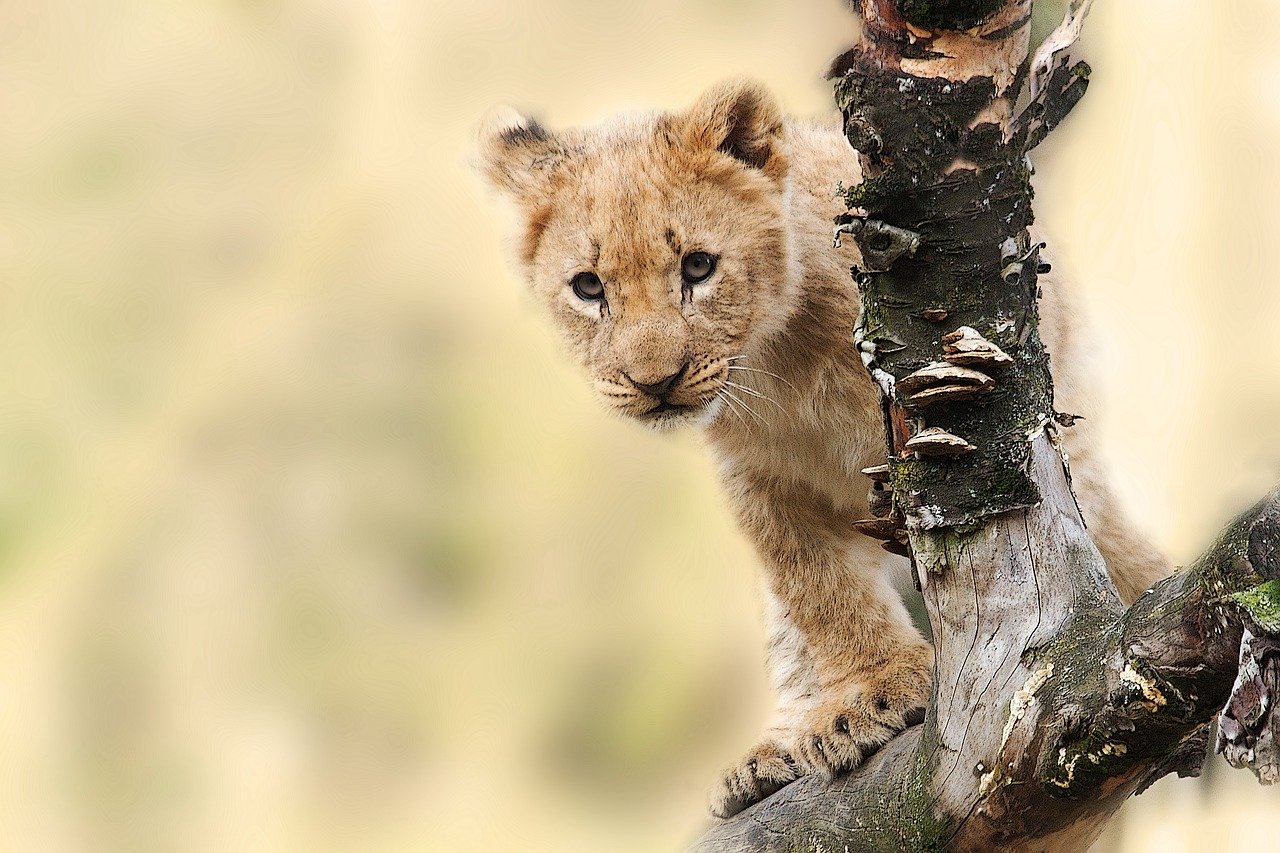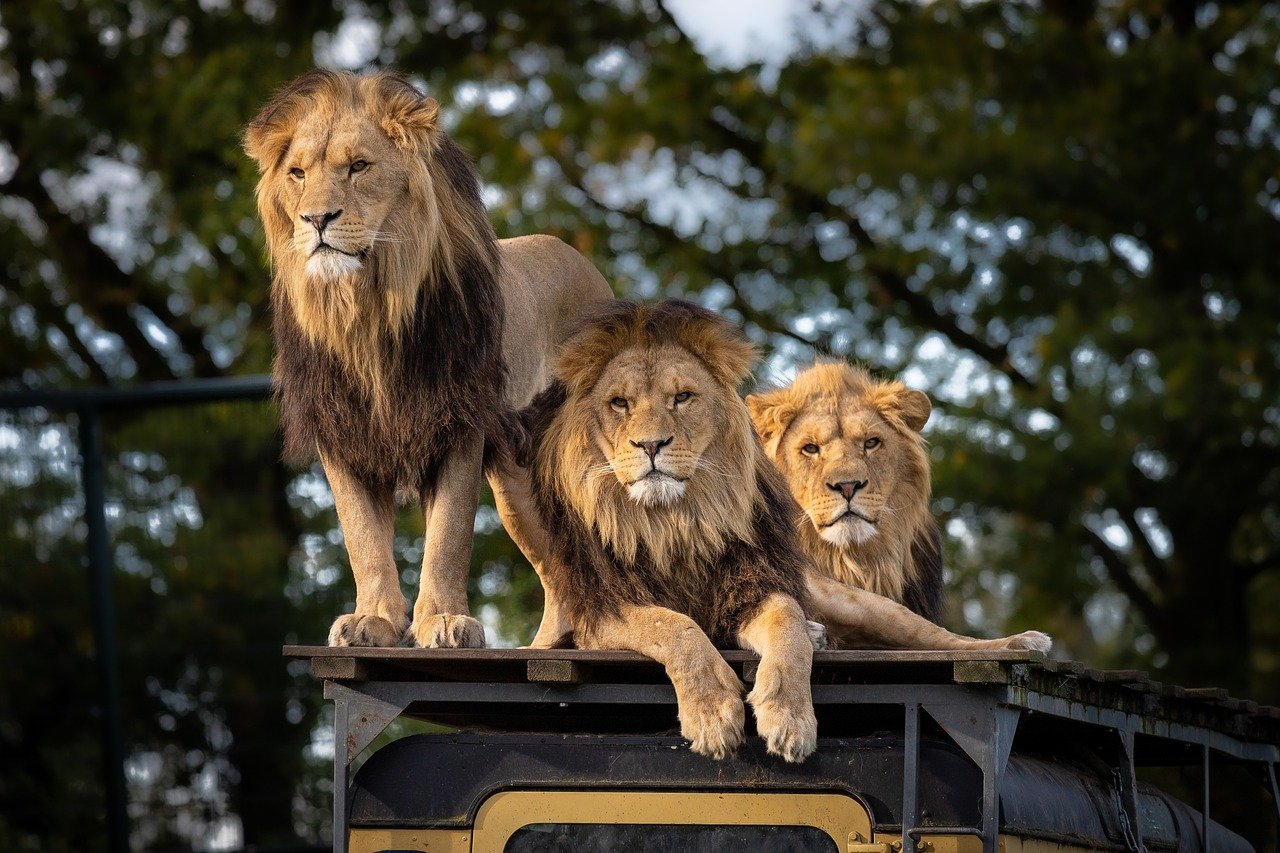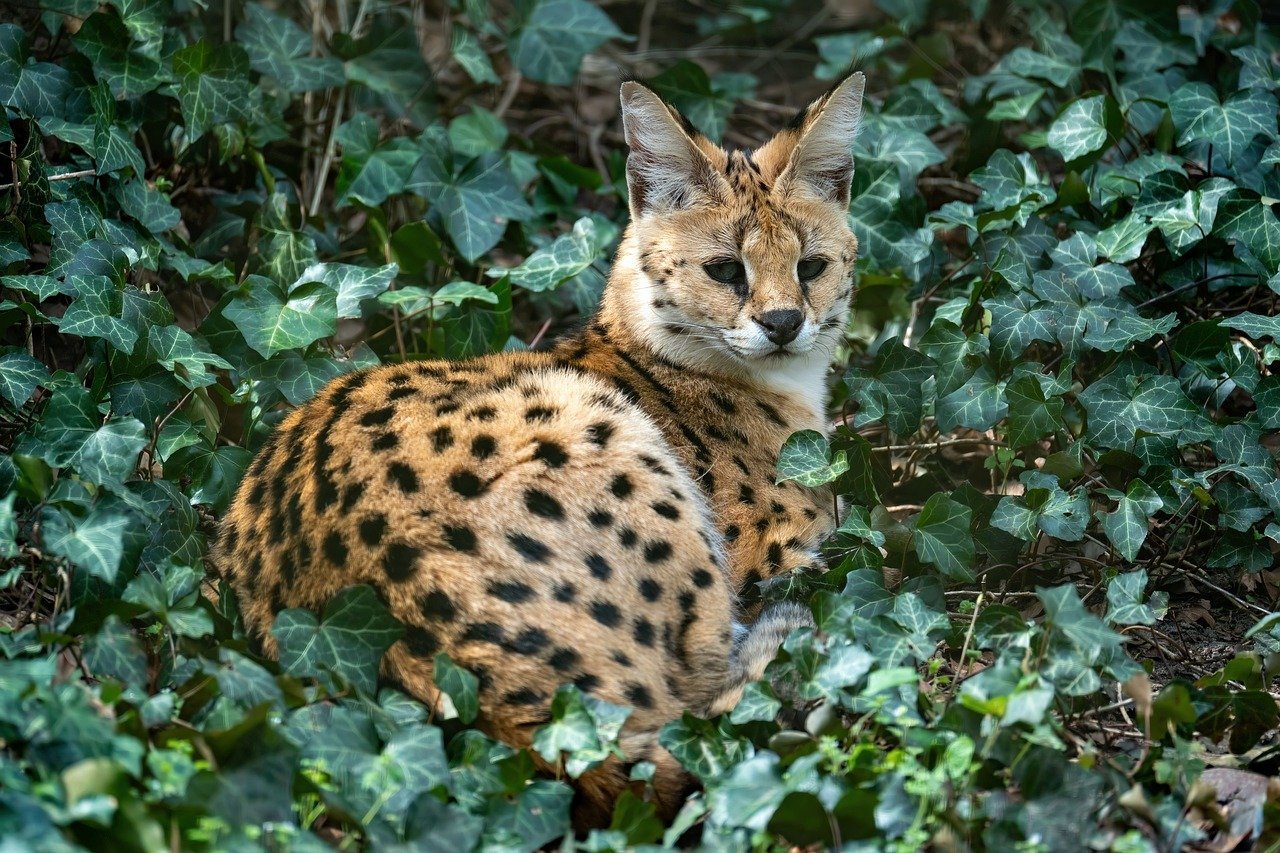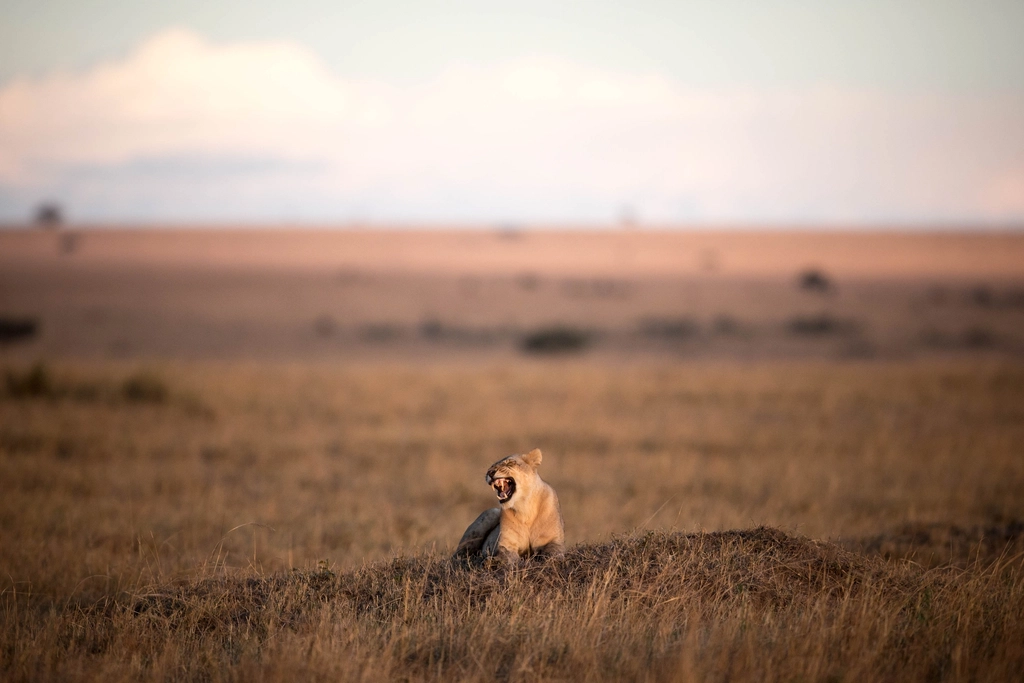Their Hunting Patterns Are Shifting to Survive

Big cats across the globe are adapting their hunting strategies in ways that would make your house cat jealous. Lions in some regions have started hunting during daylight hours instead of their traditional nighttime prowls. This shift helps them avoid human activity and competition from other predators.
Tigers in India have been observed changing their prey preferences, targeting smaller animals more frequently as larger prey becomes scarce. It’s like switching from ordering pizza to grabbing quick snacks when your favorite restaurant closes down. These behavioral changes show just how adaptable these magnificent predators can be when faced with environmental pressures.
Climate Change Is Forcing Them to New Territories

Rising temperatures are pushing big cats into areas they’ve never called home before. Snow leopards in the Himalayas are moving to higher altitudes as their traditional habitats warm up. Think of it as nature’s version of moving to a cooler neighborhood when the AC breaks.
Jaguars in South America are expanding their range northward, following shifting weather patterns and prey availability. This territorial expansion creates new challenges as these cats encounter unfamiliar environments and potential conflicts with human settlements. The wild is literally reshaping itself, and big cats are leading the migration.
Technology Is Revolutionizing How We Track Them

GPS collars and camera traps are giving us unprecedented insights into big cat behavior. Scientists can now follow a leopard’s journey through the African savanna in real-time, watching how they navigate around human settlements. It’s like having a fitness tracker for the world’s most elusive predators.
Advanced DNA analysis from hair samples and scat is revealing family trees and migration patterns we never knew existed. This technology helps conservationists understand which cats are thriving and which populations need immediate protection. The data collected is rewriting textbooks about how these animals live and move through their territories.
Urban Environments Are Becoming Their New Hunting Grounds

Mountain lions in California are prowling through suburban neighborhoods, while leopards in India have learned to navigate city streets. These big cats are becoming surprisingly good at urban living, finding food sources and shelter in the most unexpected places. Your backyard might be more wild than you think.
Cougars have been spotted using highway underpasses as travel corridors, showing remarkable adaptability to human infrastructure. They’re essentially learning to live alongside us, whether we’re ready for it or not. This urban adaptation represents one of the most dramatic behavioral shifts in big cat evolution.
Conservation Efforts Are Creating Unexpected Success Stories

Tiger populations in Nepal have doubled in the past decade thanks to anti-poaching measures and habitat restoration. It’s proof that when humans decide to help, big cats can bounce back faster than anyone expected. The recovery has been so successful that some areas are reaching carrying capacity.
Jaguar corridors in Central America are connecting fragmented habitats, allowing these spotted cats to roam freely across countries. Local communities are becoming partners in conservation, earning income from eco-tourism while protecting the very animals that once threatened their livestock. This collaboration is changing the entire dynamic between humans and big cats.
Their Social Structures Are Evolving

Lions in some regions are forming super-prides with up to 30 individuals, breaking traditional pride size limits. These massive groups are better equipped to defend territories and hunt larger prey. It’s like a family reunion that never ends, but with more hunting involved.
Normally solitary cats like leopards are showing increased tolerance for each other in areas with abundant food sources. Camera traps have captured multiple leopards sharing kills without the usual aggressive behavior. This social flexibility suggests big cats are more adaptable than we ever imagined when it comes to survival strategies.
New Hybrid Populations Are Emerging

Jaguars and mountain lions are occasionally breeding in areas where their territories overlap, creating hybrid offspring with unique characteristics. These rare crosses combine the powerful build of jaguars with the agility of cougars. Nature is essentially creating its own designer cats.
While hybrids are uncommon, their existence shows how fluid species boundaries can be when animals adapt to changing environments. These genetic mixtures might hold keys to understanding how big cats can survive in an increasingly fragmented world. Evolution is happening in real-time, and we’re witnessing it firsthand.
Disease Patterns Are Shifting Across Populations

Big cats are encountering new diseases as they move into different territories and interact with domestic animals. Cheetahs in Africa are facing increased exposure to canine distemper from village dogs. It’s like moving to a new city and catching every cold that’s going around.
Simultaneously, some populations are developing resistance to diseases that once devastated them. Tigers in certain regions show increased immunity to specific pathogens, suggesting natural selection is working overtime. These health adaptations are crucial for long-term survival as climate change continues to alter ecosystem dynamics.
Prey Relationships Are Being Completely Rewritten

Big cats are learning to hunt new prey species as traditional food sources disappear or migrate. Leopards in some areas have started specializing in primates, while others have become expert fishers. It’s like learning to cook entirely new cuisines when your favorite ingredients aren’t available anymore.
Snow leopards are adapting to hunt smaller, more agile prey as large ungulates become scarce. This dietary flexibility shows remarkable intelligence and adaptability. The cats that survive are those willing to experiment with their menu, even if it means abandoning hunting traditions passed down through generations.
Human-Wildlife Conflict Is Driving Behavioral Changes

Big cats are becoming increasingly nocturnal in areas with heavy human activity, completely flipping their natural schedules. Jaguars in some regions now do most of their hunting between midnight and dawn to avoid farmers and their livestock. It’s like switching to the night shift at work, but the work is staying alive.
These cats are also learning to recognize human patterns and routines, timing their movements to avoid confrontation. Some leopards have been observed waiting for school buses to pass before crossing roads. This level of behavioral adaptation shows just how intelligent these predators really are when survival depends on it.
The Future of Big Cats Depends on Our Choices

Every change happening in big cat populations right now is connected to human activity in some way. From climate change to habitat destruction, we’re the driving force behind their need to adapt. The question isn’t whether they can change – they’re already proving they can.
The real question is whether we’ll change fast enough to give them the space and resources they need to thrive. These magnificent predators are showing us what resilience looks like in action. Their survival isn’t just about preserving wildlife – it’s about maintaining the delicate balance that keeps entire ecosystems functioning.
What strikes me most about these adaptations is how they mirror our own ability to change when circumstances demand it. Big cats are rewriting the rules of survival right before our eyes, and their success or failure will shape wild spaces for generations to come. Which of these incredible adaptations surprised you the most?
Hi, I’m Bola, a passionate writer and creative strategist with a knack for crafting compelling content that educates, inspires, and connects. Over the years, I’ve honed my skills across various writing fields, including content creation, copywriting, online course development, and video scriptwriting.
When I’m not at my desk, you’ll find me exploring new ideas, reading books, or brainstorming creative ways to solve challenges. I believe that words have the power to transform, and I’m here to help you leverage that power for success.
Thanks for stopping by, Keep coming to this website to checkout new articles form me. You’d always love it!






